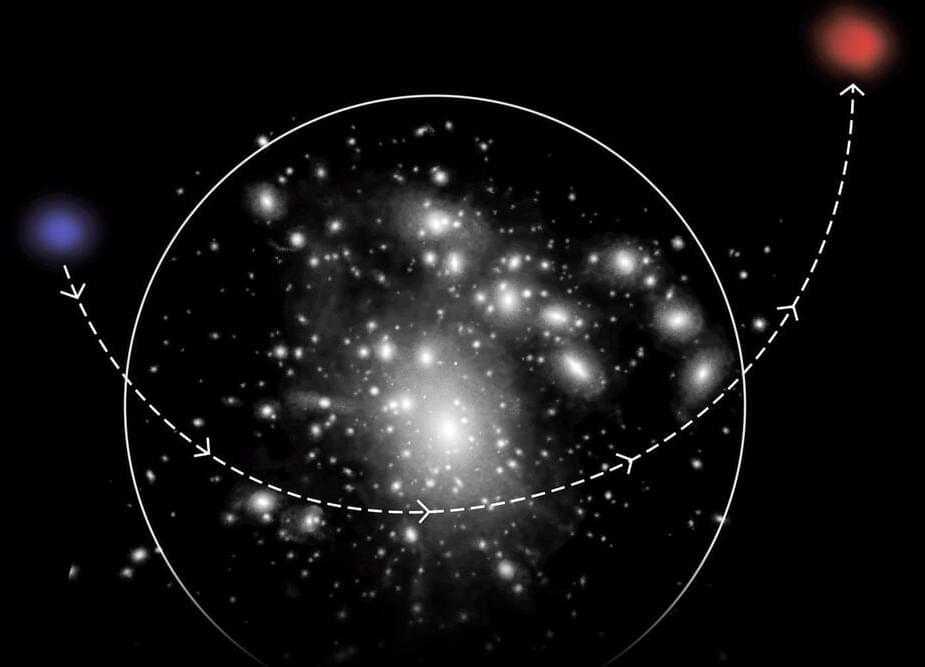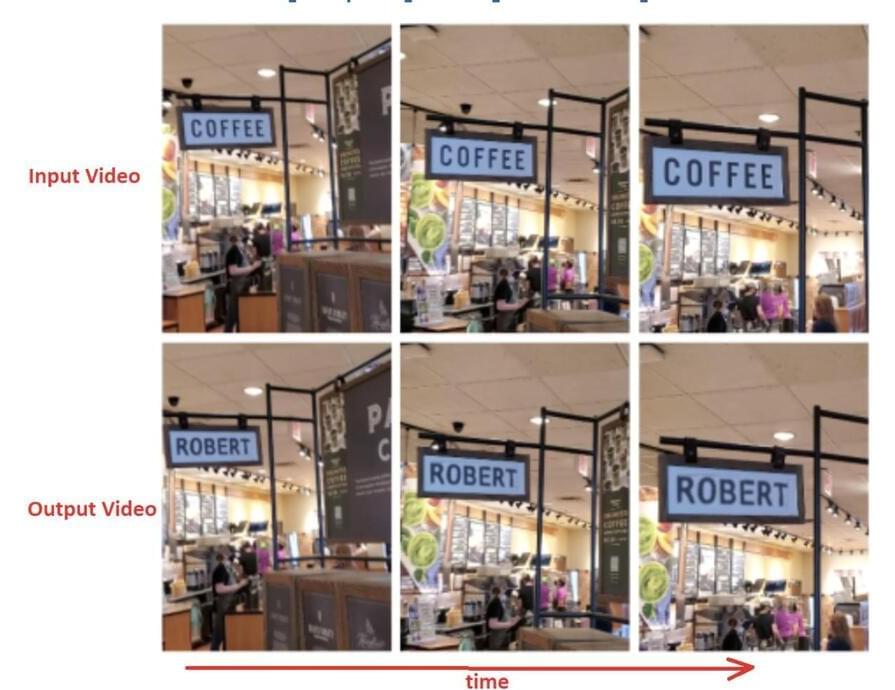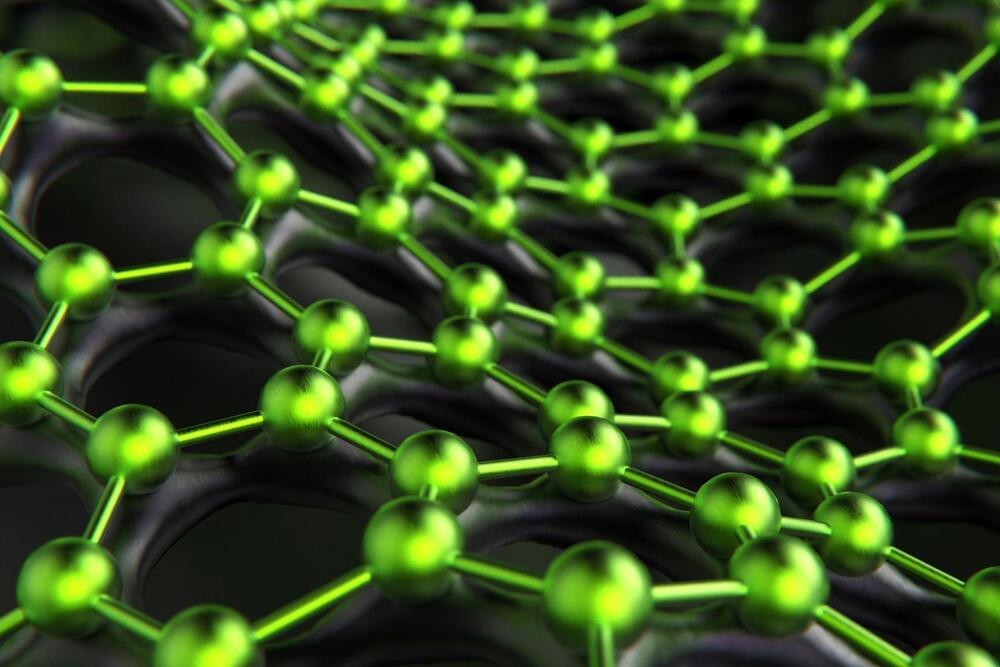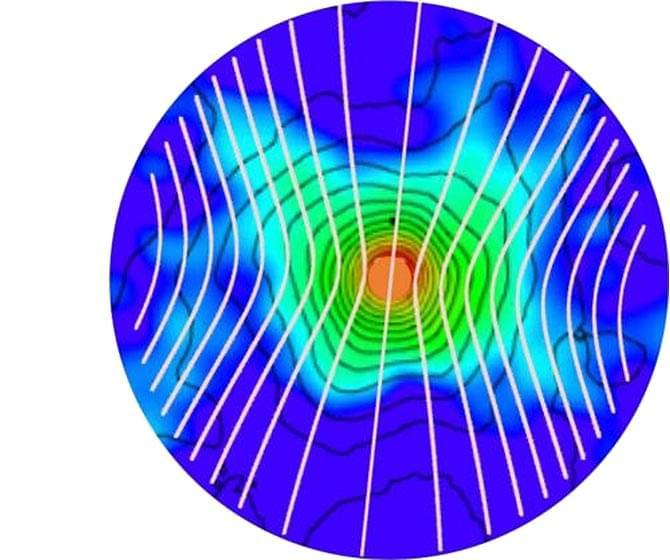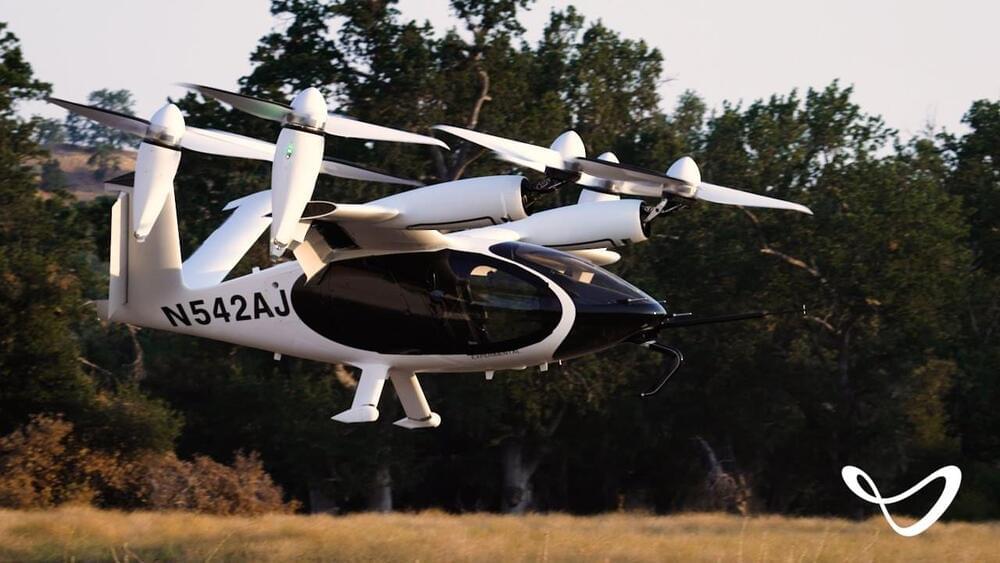Sep 12, 2021
Red vs. Blue: Astronomers Nail Down the Origins of Rare Loner Dwarf Galaxies
Posted by Genevieve Klien in category: space
The results provide a blueprint for finding such systems in the universe’s quieter, emptier regions.
By definition, dwarf galaxies are small and dim, with just a fraction of the stars found in the Milky Way and other galaxies. There are, however, giants among the dwarfs: Ultra-diffuse galaxies, or UDGs, are dwarf systems that contain relatively few stars but are scattered over vast regions. Because they are so diffuse, these systems are difficult to detect, though most have been found tucked within clusters of larger, brighter galaxies.
Now astronomers from MIT.
